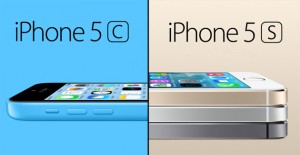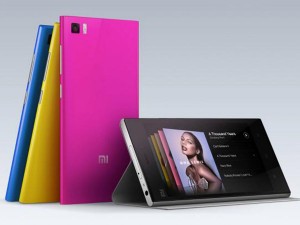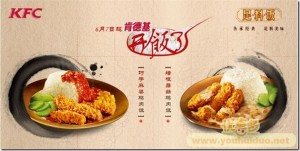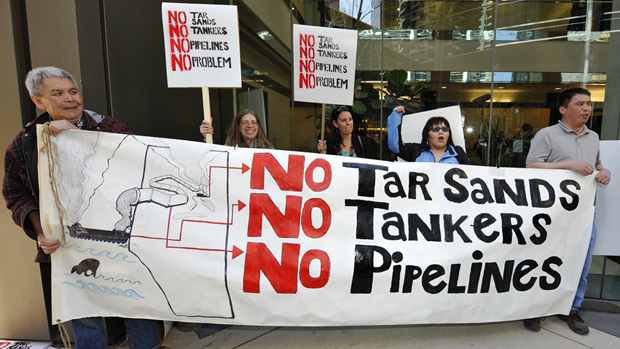Apple launched two versions of the IPhone to appeal to two target groups: iPhone5C for those who are cost-conscious, and the iPhone5S for those who want a luxurious version. From my friend Jessica Lao’s blog on “IPhone5, Dilemma in Choosing Which Phone to Buy,” she believes that such strategy is a huge leap for Apple.

I, however, don’t see it working well in the market in China. According to market research firm Canalys, statistics showed that Apple currently has 4.8% of sales in China, down from 9.1% in 2012. Personally, reasons for this might be that Chinese people generally value prestige over functionality. Since it’s almost impossible to distinguish iPhone5 from iPhone5S, Apple failed to satisfy customers’ desire to show off the feeling of superiority from having the newest iPhone. Since iPhone5C is positioned as a low-end version of iPhone5S, purchasing iPhone5C doesn’t satisfy such desire either. I mean, really, what’s the point of buying a new phone that looks exactly the same as the one I already have? And why would I buy an iPhone5C that’s almost like telling others I cannot afford an IPhone5S?
Sometimes it’s customers’ attitude and purchase behaviors that determine how successful a product is, not the product itself.
Reference:
http://www2.macleans.ca/2013/09/26/chinas-apple-clone/
Picture Resource:





